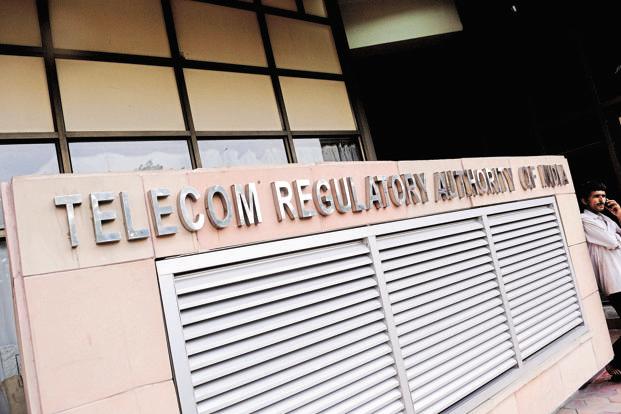Starting April 1, 2019, DTH and Cable TV operators are forced by Trai to migrate users to channel packs which were formed under the new tariff regime
TRAI recently issued a consultation paper for revising the broadcasting tariff regime which became effective earlier this year in April. Right after the new regime became effective, Cable TV and DTH consumers complained regarding increased TV bills. The primary aim of Trai was to bring transparency to the sector, however, somehow it managed to increase the monthly bills, largely due to the fixed NCF charges.
Under the new mandate, if a customer wants to view an a-la-carte channel, then the charges of Rs 153 for NCF will be levied. Earlier, that wasn’t the case and the NCF charges made consumers go against the Trai. Most of the DTH and Cable TV operators with a good broadband connection have started choosing OTT platforms even for viewing Live TV channels. OTT platforms like SunNXT, ZEE5, Hotstar and so on are offering Live TV channels on their respective apps, which made it easy for the customers to view Live TV on the web. Having said that, Trai is now preparing to make TV connections affordable again by bringing these changes to the tariff regime.

Why Trai Opted to Modify Tariff Regime?
The new tariff regime became fully active on April 1, 2019. DTH and Cable TV operators are forced by Trai to migrate users to channel packs which were formed under the new tariff regime. For the customers who did not opt channel packs, there are plans called Best Fit Plans which will be curated by operators for the customers. First of all, consumers did not like the idea of Rs 153 NCF charges which are being levied. And the second reason is the lack of proper implementation of the new mandate. Even after months, several DTH and Cable TV users are struggling to change a channel pack or operators are just charging them more than expected.
Also, broadcasters have introduced a lot of channel packs to the consumers and Trai observed that most of the broadcaster packs are redundant or they do not serve the purpose of existence. Trai also mentioned that broadcasters are providing heavy discounts on bouquet packs so that consumers will choose them ahead of a-la-carte channels.
What are the Changes to Expect from Trai?
The most important question right now in every consumer’s mind is: what changes will we get to see? Well, Trai has issued a consultation paper for the same, discussing various new changes like variable NCF, discounts on long-term channel packs, Multi TV policy changes and also issued a strong warning to broadcasters to remove the redundant packs.
First of all, in the consultation paper, Trai said that broadcasters should stop providing massive discounts on bouquet packs, which ultimately is forcing users to choose bouquet packs again, contradicting the purpose of the new tariff regime which is ‘transparency.’
Furthermore, Trai also discussed variable NCF, which will reflect the NCF charges based on the a-la-carte or paid channels chosen by the subscriber. Right now, we don’t have any details regarding this move from Trai, but we’ll get to know once the new changes come into effect. Lastly, Trai is also looking to bring a permanent framework for discounts on long-term packs and Multi TV policy offered by DTH and Cable TV companies.
